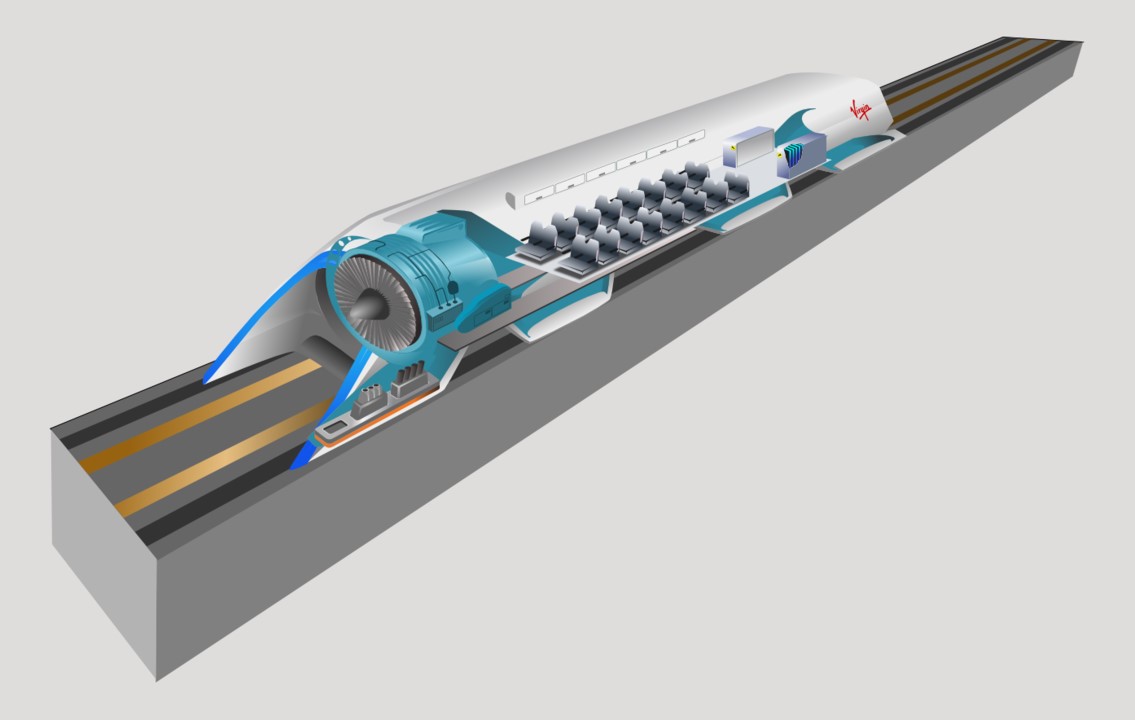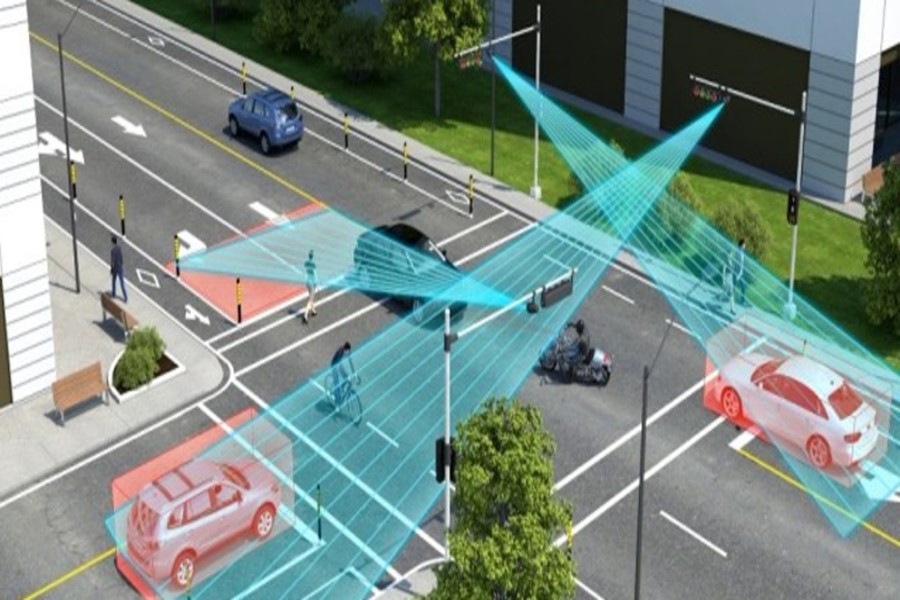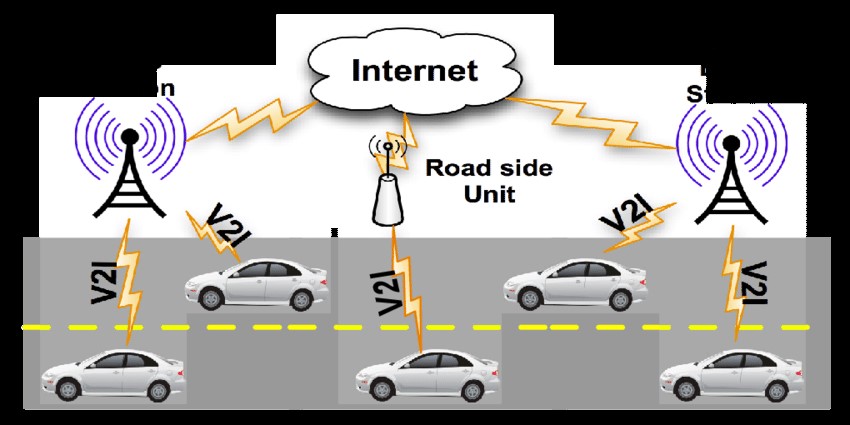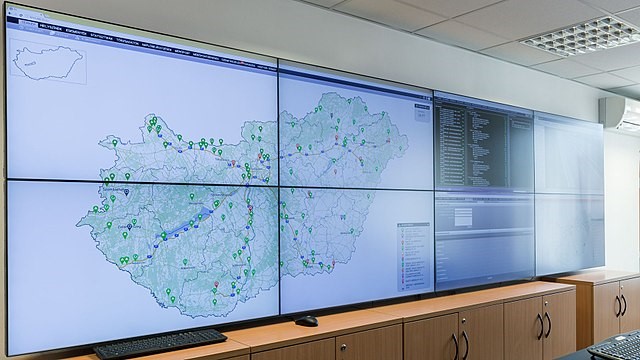Intercontinental Transportation
Hana M May 08, 2023 |10:20 AM Technology
Intercontinental transportation refers to the movement of people and goods across long distances, typically between different continents. There are several modes of intercontinental transportation, including:

Figure 1. Intercontinental Transportation [1]
- Air travel: Air travel is the most common form of intercontinental transportation for passengers. Commercial airlines operate regular flights between major cities around the world, allowing people to travel quickly and efficiently between continents.
- Maritime transport: Maritime transport, such as cargo ships and container ships, is the primary mode of intercontinental transportation for goods. Large ships can transport large quantities of goods across long distances, making it possible to trade goods between continents.
- Rail transport: While rail transport is typically used for shorter distances, there are also some intercontinental rail routes. For example, the Trans-Siberian Railway connects Moscow with Vladivostok in Russia, and the Eurotunnel connects the UK with mainland Europe.
- Road transport: Road transport is typically used for shorter distances, but there are also some intercontinental road routes. For example, the Pan-American Highway runs from Alaska to Argentina.
Intercontinental transportation is critical for global trade, tourism, and cultural exchange. However, it also has significant environmental impacts, particularly with respect to air travel and maritime transport. Efforts are underway to reduce the environmental impact of intercontinental transportation, including the use of alternative fuels and the development of more efficient modes of transportation.
References:
- Image by Freepik
Cite this article:
Hana M (2023), Intercontinental Transportation, AnaTechMaz, pp.128
Previous Post Hyperloop
Next Post Robot-assisted Delivery















